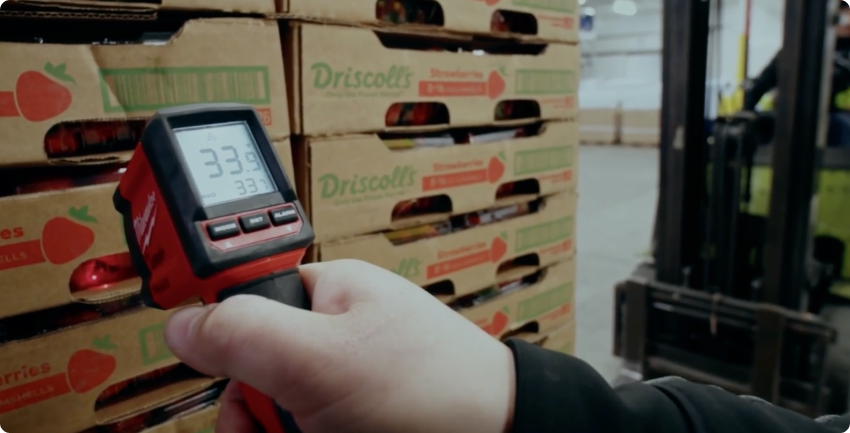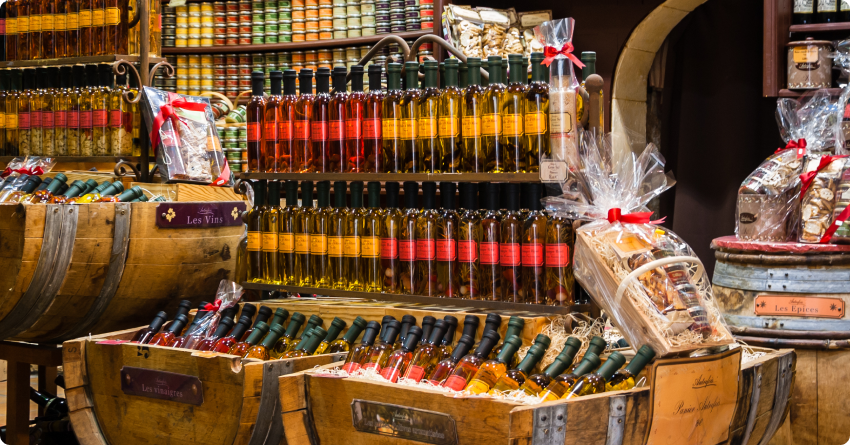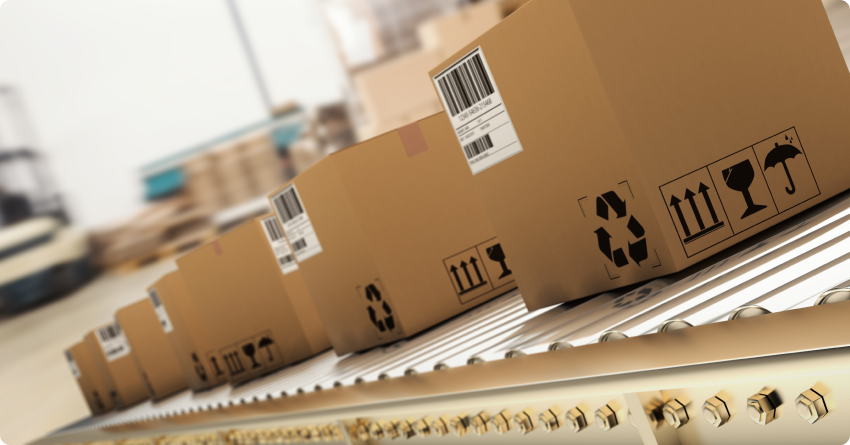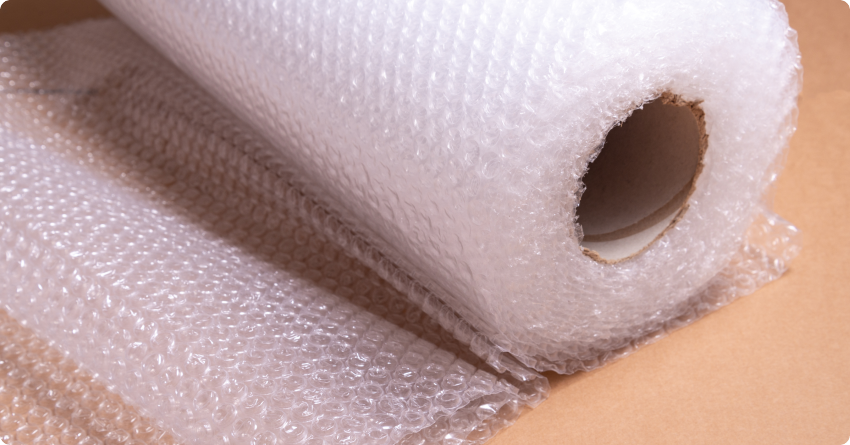Green Packaging: What It Really Means to Be Green
February 04, 2025
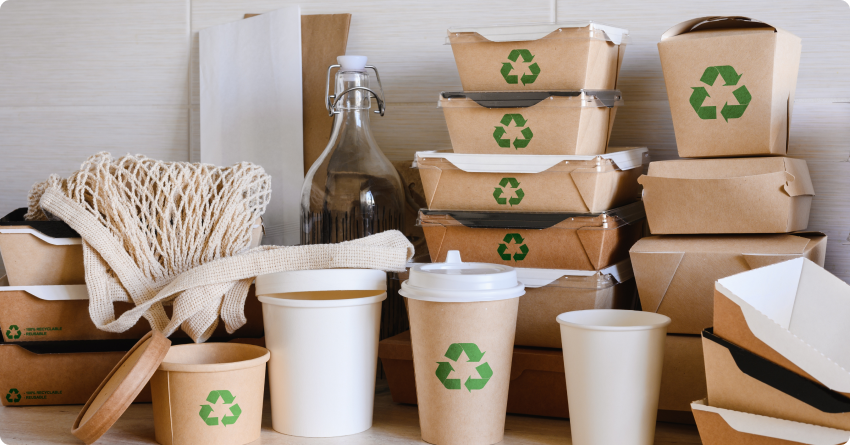
With millions of packages being shipped out daily, environmental responsibility is a hot topic for both consumers and businesses. You’ve probably heard a lot of talk about “going green,” but what exactly does that mean? In this article, we’ll look at various types of green packaging, why it’s so important and easy ways you can make your packaging solutions more eco-friendly.
Is Green Packaging the Same as Sustainable and Eco-Friendly Packaging?
While these terms are often used interchangeably, there are some subtle differences between their meanings. Generally speaking, all three suggest that you’re using materials, practices and policies that contribute to environmental improvement.
Green packaging refers to any packaging solution that contributes to the continuum of environmental improvement. It doesn’t necessarily mean it’s made from 100% green materials, just that it’s making progress in the right direction in terms of environmental impact.
Eco-friendly packaging means the materials and processes that go into making it do minimal harm to the environment or, even better, none at all. That could mean using recycled or recyclable materials, minimizing overall material use or opting for manufacturing processes that use less fossil fuels.
Sustainable packaging, on the other hand, suggests that the solution not only does minimal damage but actually benefits the environment, and society at large. So, a slightly higher bar has been set for this label.
Why is Green Packaging Important?
Packaging materials and containers account for a staggering amount of waste in the US each year. According to the EPA, 82.2 million tons of municipal solid waste (MSW) was generated by containers and packaging in 2018. This includes 30.5 million tons that went to landfills, 7.4 million tons burned and 44.3 million tons recycled. While the amount of packaging materials being recycled each year is increasing steadily, the overall quantity of materials being generated is rising even faster.
It’s also worth noting that corrugated boxes are the largest single product category of MSW, accounting for 33.3 million tons or 11.4% of the total. Plastics accounted for roughly 5%, which was 14.5 million tons in 2018. Not all types of plastic are recyclable, which may explain why less than 15% of plastic containers are recycled. Other common packaging materials that contribute to waste include glass, steel, aluminum and paper. Green packaging is needed to help counter this waste.
What Qualifies Packaging As Being Green?
Now let’s dig a little deeper into exactly what kind of materials qualify as being eco-friendly.
- Recyclable Materials
- Post-Consumer Recycled Materials
- Biodegradable Materials
- Compostable Materials
Recyclable Materials
Recyclable materials can be reused in a different form. Recycling often involves mixing various materials together to create something new. For example, recycled paper can be used to make packaging bags, corrugated cardboard boxes and paper tape. Cardboard, glass, aluminum and paper are usually recyclable, as are some types of plastic. Ernest client Proud Source was the first company to bottle spring water using “infinitely recyclable” aluminum bottles rather than single-use plastic water bottles, which create 321 billion pounds of plastic packaging annually. In doing so, they turned their business into a force for good.
Post-Consumer Recycled Materials
Post-consumer recycled (PCR) materials have already been used, recycled and repurposed into new products, sometimes combined with new materials. For the packaging industry, PCR plastics are often part of the conversation—but glass, metal and paper can also be recycled and repurposed. At Ernest, we offer green packaging solutions made from PCR materials, which is not only good for the environment, it’s good for business, too. According to a recent survey, almost half of consumers are trying to buy products that use recycled materials.
Biodegradable Materials
Biodegradable packaging materials are those that can be broken down by microorganisms like fungi, bacteria and algae. Corrugated products, paper and bio-based polymers, which are made from renewable sources, are the most widely used examples. Biodegradable packaging materials are safe and can decompose over time into natural elements that don’t negatively impact the environment. They may even help plants grow.
Compostable Materials
Compostable packaging materials decompose at a much faster rate. In fact, to qualify as compostable, materials must break down into nutrient-rich compost within three months. Both compostable and biodegradable packaging materials are much more sustainable and environmentally friendly than traditional plastics, foam and other non-bio-based materials that produce toxic chemicals, and may not break down at all.
Types of Materials Used in Green Packaging
Now let’s look more closely at some of the bio-based materials that can be used in green packaging design.
- Cornstarch
- Cellulose
- Mycelium
- Wheat
- Bioplastics
- Seaweed
- Paper & Cardboard
- Natural Fabrics
Cornstarch
Cornstarch can be used to make sustainable, biodegradable substitutes for traditional plastic and styrofoam. The polylactic acid (PLA) that’s extracted from cornstarch produces bioplastics that have all the same qualities that make petroleum-based plastics popular. It’s moldable, durable, and can be made transparent or opaque. Our client Smart Cups uses eco-friendly PLA for their micro-encapsulated printed energy drinks
Cellulose
Cellulose comes from inside plant cell walls and is used to produce bioplastic—for example, cellophane, commonly used in food packaging. While petroleum-based plastic bags take more than 20 years to degrade in the ocean (and produce toxic microplastics in the process), cellulose packaging biodegrades within a few months. It’s also compostable and plentiful thanks to sustainably harvested natural sources like cotton, wood and hemp.
Mycelium
Mycelium is making waves in the green packaging world as an environmentally friendly alternative to styrofoam. While it’s sometimes called “mushroom packaging,” mycelium is actually the fungi’s root network that lives below ground. It’s strong, moldable and lightweight, making it a great replacement for expanded polystyrene (EPS). Plus, it’s completely natural, home compostable and easy to grow.
Wheat
Wheat straw is another natural, biodegradable material that’s used to make plastic replacements for use in green packaging. Wheat straw bioplastics are stronger and more durable than traditional plastics, with the added bonus of helping to offset the carbon footprint of one of the least environmentally-friendly industries: animal agriculture. Made from the byproducts of wheat farmers and cattle feed, it’s abundantly available and easily renewable.
Bioplastics
Bioplastics are polymers made from bio-based or biodegradable materials, including those mentioned above. Made from sustainable raw materials, bioplastics can be used in a wide range of packaging needs, from plastic bags to bottles and trays. Examples include PLA, poly 3-hydroxybutyrate (PHB) and polyethylene (PE).
Seaweed
Seaweed contains natural polysaccharides that can be used to produce film, polybags and other plastic replacements. It might even be used to make edible packaging that’s not only compostable but packed with vitamins. Seaweed grows abundantly in both fresh and saltwater, making it renewable, sustainable and cost effective.
Paper & Cardboard
Paper and cardboard are perhaps the most well-known and widely used packaging materials that are recyclable, biodegradable and sustainable. Cardboard is one of the most recyclable materials used in packaging and can also be made using a high percentage of recycled materials, further lowering the carbon footprint.
Natural Fabrics
Natural fibers such as jute, cotton, hemp and bamboo are used to make strong, reusable materials for durable, lightweight packaging solutions. Fiber-based materials are common in food and cosmetics packaging as well as to fill empty space or absorb impact. Natural fibers are also highly recyclable, making them a sustainable option. Lighter packaging helps to reduce package weight, which can minimize carbon use as well as overall costs.
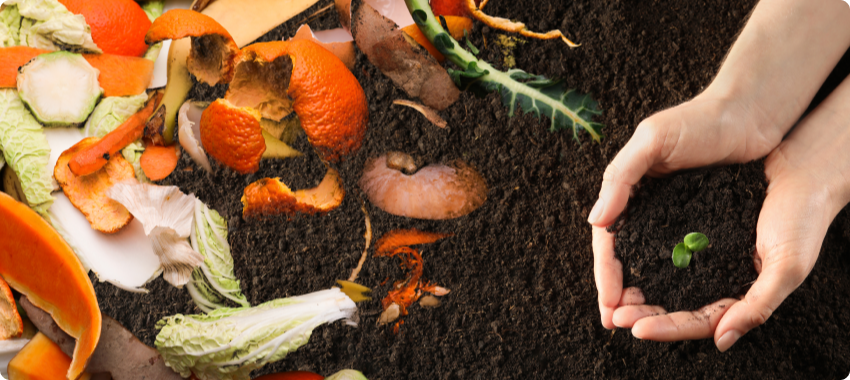
Benefits of Green Packaging
Eco-friendly packaging solutions are not only good for the environment, they’re good for business. Here are just some of the reasons you should go green.
- Reduced Carbon Footprint
- Reduced Landfill Waste
- Non-Toxic, Allergy-Free Materials
- Improved Efficiencies
- Brand Lift
Reduced Carbon Footprint
Eco-friendly packaging helps to reduce carbon emissions by using fewer resources, both in terms of materials used and production processes. The use of biodegradable and compostable materials lowers the environmental impact, as does the use of other materials that are purposefully less damaging—for example, the chemicals used in various printing processes and inks. Lighter packaging materials can also help to reduce shipping weights, requiring less fuel for transportation.
Reduced Landfill Waste
By incorporating biodegradable, bio-based and compostable materials, and materials which are either recycled or recyclable, green packaging helps to significantly reduce the amount of packaging materials that end up in landfills each year. Opting for materials that naturally break down into non-toxic components in turn reduces the amount of carbon emissions from landfill waste. Focusing on materials that can be used repeatedly rather than thrown away after a single use also helps to reduce material waste.
Non-Toxic, Allergy-Free Materials
Unlike traditional petroleum-based plastics, eco-friendly packaging materials are made from natural materials that break down without leaving harmful chemicals and other substances in their wake—and in our soil. These natural materials also tend to be allergen-free because they’re free from harmful chemicals, helping people live a healthier lifestyle.
Improved Efficiencies
By tapping into renewable and sustainable resources, recycled materials or biodegradable/ compostable materials, green packaging design improves overall efficiency in the packaging solution supply chain. The processes used to make eco-friendly packaging are often purposeful and minimize the use of fossil fuels and other energy. Plus, they reduce waste and shipping costs, which also helps boost the bottom line. Check out how Ernest client Commodity Forwarders Inc. was able to increase efficiency, lower costs and reduce their carbon footprint with a custom cold chain packaging solution from Ernest.
Brand Lift
Valuable customers are demanding genuine environmental responsibility. According to a recent survey:
- 42% of consumers said that products with recycled and/or sustainable materials are important in their day-to-day shopping
- 59% of global consumers are willing to pay more for eco-friendly packaging, up from 47% seven years ago
- Over 50% said they’re now making a conscious choice to use less disposable plastic than they were one year ago
Going green can help you win over eco-minded shoppers, increasing your market share and boosting your brand image while also benefiting the planet.
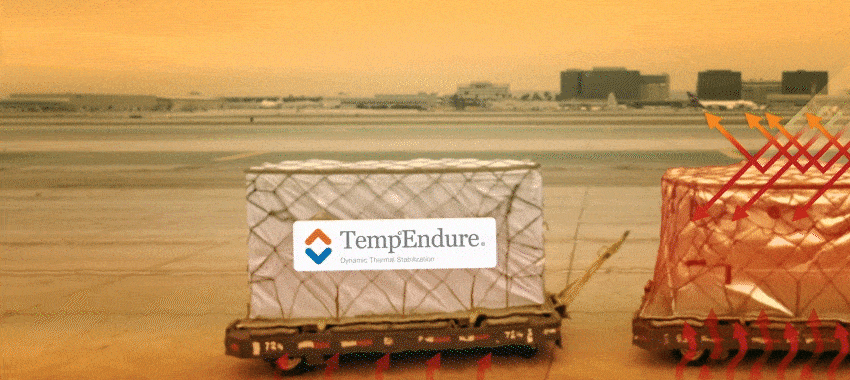
Being Green with Ernest
Being green means using the resources you have before wasting what hasn’t been touched, which is like draining money from the bank and never replacing it.
From recycling post-production waste to reducing your carbon footprint to offering hundreds of more sustainable packaging and facilities maintenance products, we can help you make better choices. It’s all about lowering your energy consumption by using and re-using the resources you have before buying something new.
Our Three Pillars
- Reduce the use of virgin materials in packaging
- Reuse by incorporating recycled content whenever possible
- Recycle and increase the use of post-consumer and industrial scrap in packaging
Innovators That Get it Right
Ernest Packaging Solutions finds ways to solve any problem. Here are a few of our success stories:
- Kalco, leaders in the decorative lighting design industry stopped using traditional crates in favor of a custom-designed, 100% curbside-recyclable corrugated carton and reduce the thickness of stretch film.
- Nana Wall Systems replaced crates that once consisted of petroleum-based products, wood, metal staples, and foam inserts with a 100% curbside-recyclable package that yields a better design, reduced shipping costs, and improved product protection.
- Teamwork Athletic Apparel replaced conventional cleaning chemicals, papers, and systems with Green Seal® certified products which gave them better cleaning results, fewer odors, and reduced costs.
- Encompassing more than 1,000 square miles in California, Kings County replaced their many conventional cleaning solvents with a single product—a bona fide, green-certified, multi-purpose chemical. It saved on cost and the environment.
- After Ernest recommended a new corrugated shipper made from 100% recycled kraft, Dean Foods/Swiss Dairy made the switch to uphold their quality and improve their goals of cost management while still keeping their milk and other dairy products fresh.
Want to become a sustainable success story, too? Let’s talk about how Ernest can help you go green.
Packaging Design

